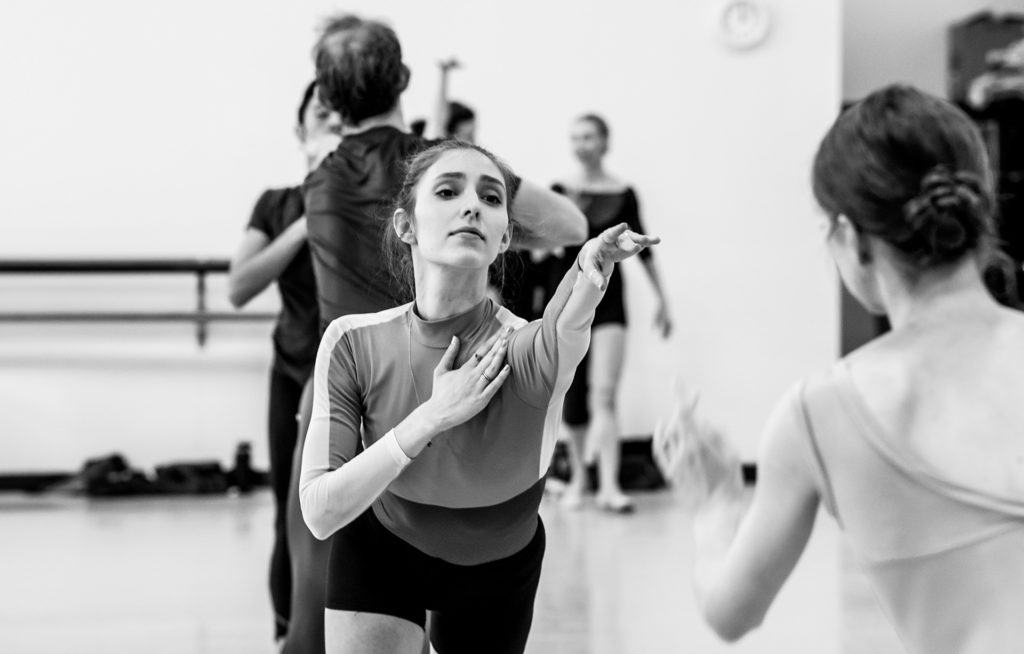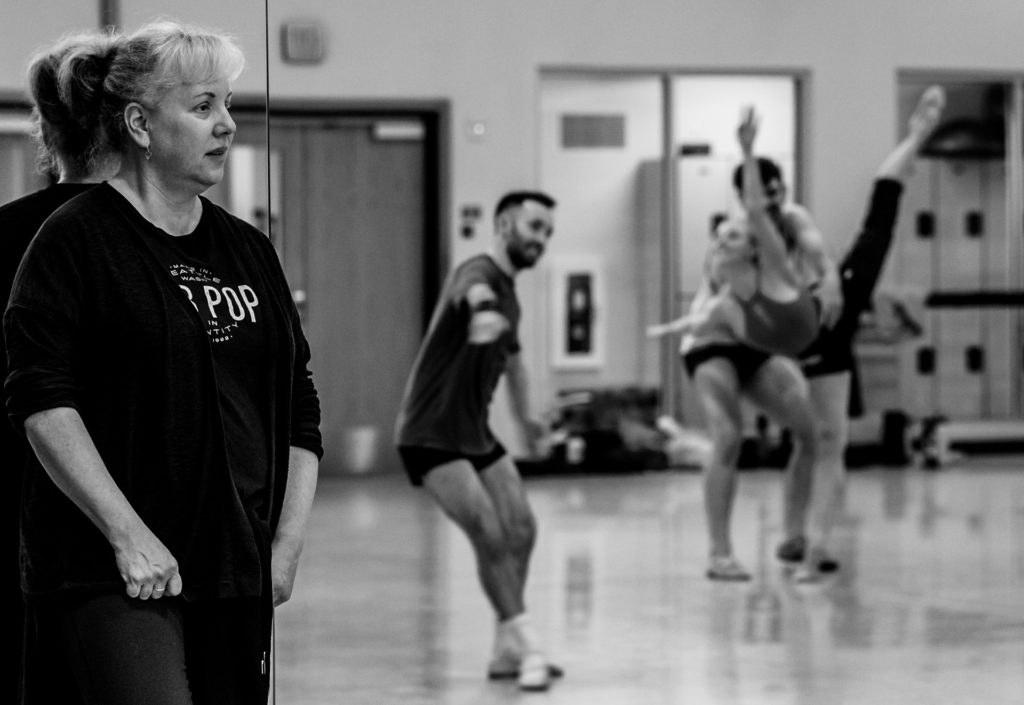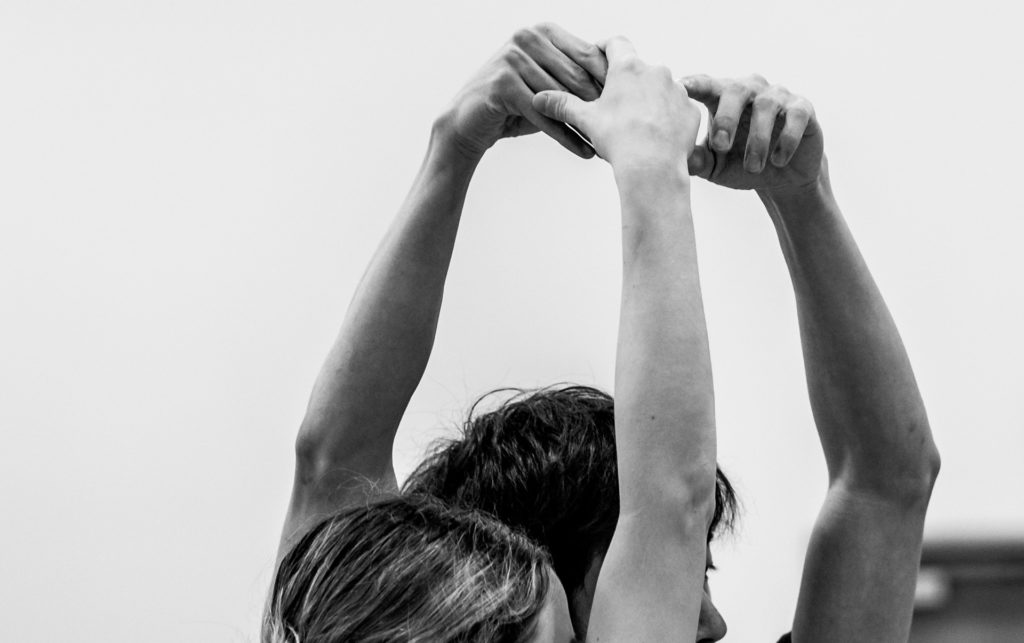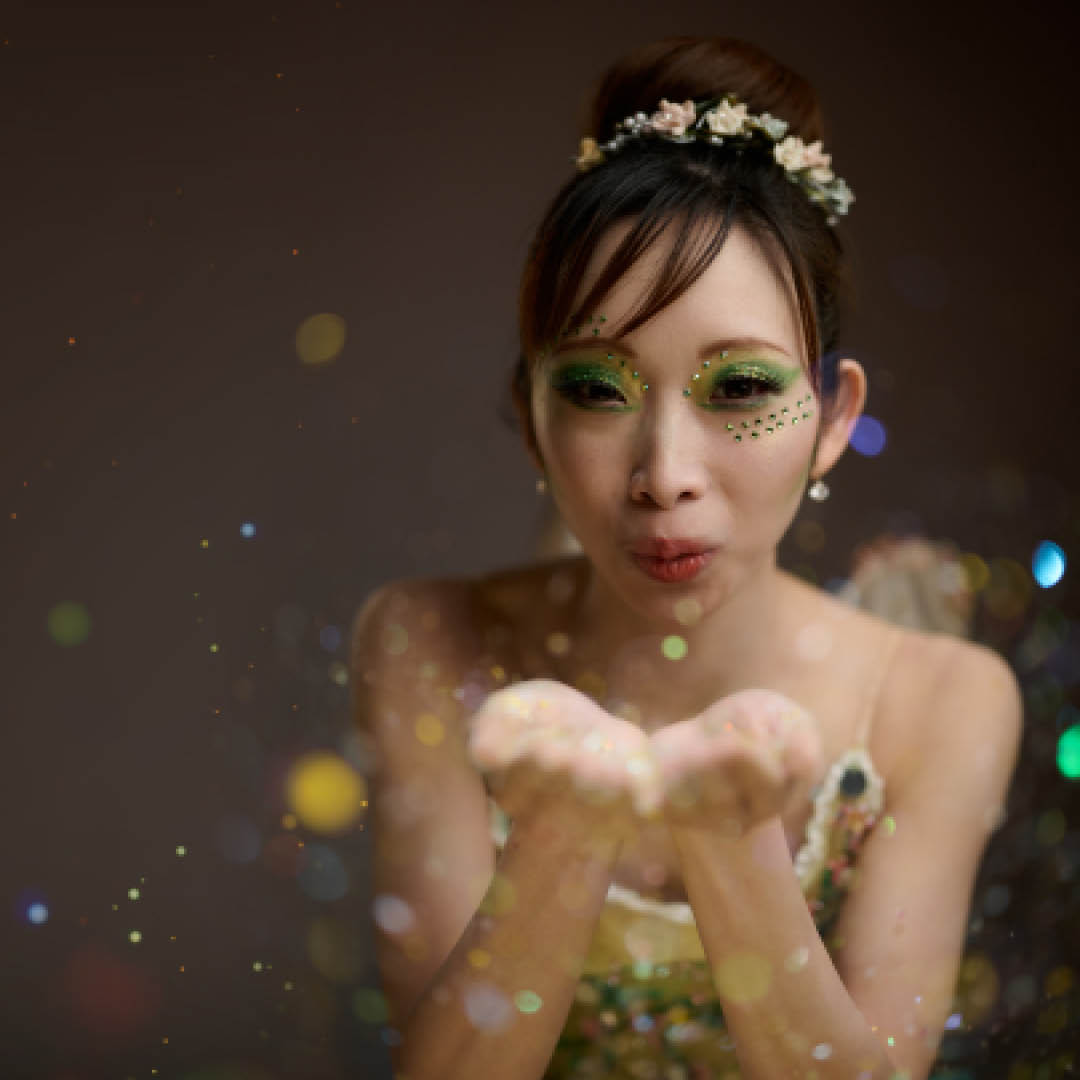For its first production of 2024, Eugene Ballet presents a world premiere ballet from Resident…
BOLD: Beyond Our Love of Dance

Eugene Ballet’s next production of the 2022/23 season—BOLD—is composed of four ballets by renowned choreographers Val Caniparoli, Eva Stone, Nicolo Fonte, and a world premiere by Eugene Ballet’s Resident Choreographer Suzanne Haag. BOLD will “take the observer on an incredible journey of musical diversity, run the gamut of emotions, and showcase the vast array of movement styles in the dance world,” says Associate Artistic Director Jennifer Martin. This exciting mixed repertory program has two performances only: Saturday, April 8 at 7:30 p.m. and Sunday, April 9 at 2:00 p.m. on the Silva Concert Hall stage at the Hult Center for the Performing Arts.
Building BOLD
“Typically, pieces for a mixed repertory evening are chosen based on relevance, length, the number of dancers utilized, and the impact they will have on audience members,” says Martin. “Similarly, when making a flower arrangement, it is important to create balance by using different textures, utilizing complementary and contrasting colors, and building a product that is harmonious and pleasing to the eye.” BOLD is a beautiful representation of what the dance world has to offer its audiences—a breadth of emotional experiences presented by masterful choreographers from around the country.
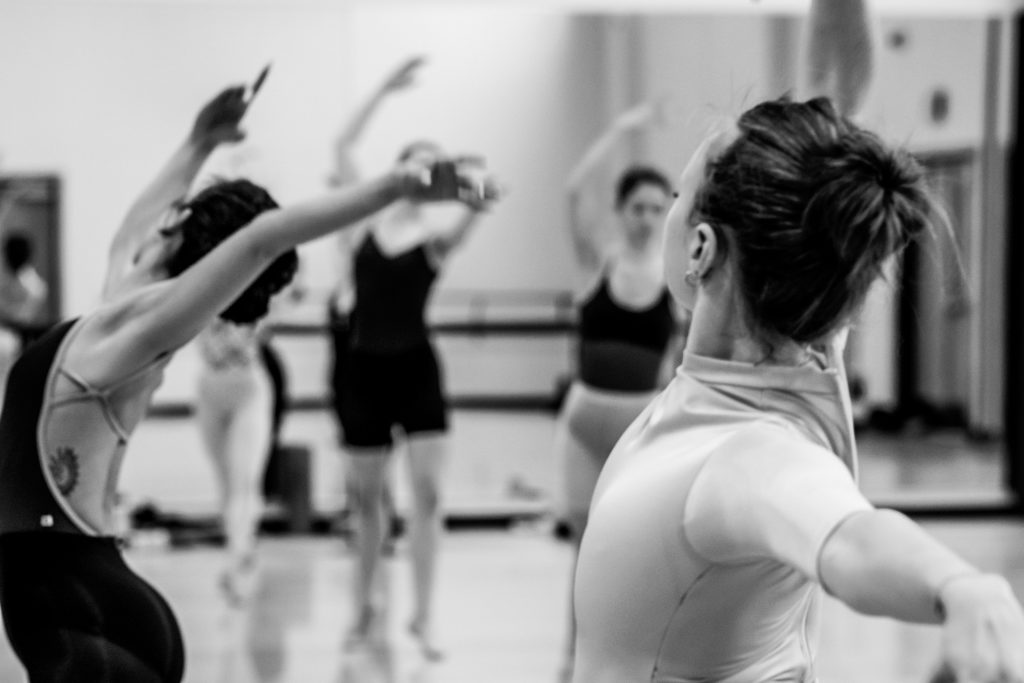
BOLD’s guest choreographers are creating works and setting their ballets around the world, from the Pacific Northwest to Europe, Asia, and South America. This opportunity provides an extraordinary amount of value to EB company dancers as well as the Eugene community. Access to the stories and voices of these worldly artists can be hard to come by locally, but EB prioritizes that they be heard in the company’s mixed repertory programs. “Working with guest choreographers and their repetiteurs is an invaluable experience to my colleagues and myself,” says Company Dancer Sterling Manka. “Learning new movement vocabulary and nuance from masters of our craft allows us to continually evolve as artists and convey messages and emotions through movement more clearly, which ultimately makes us better storytellers for our Eugene audiences.”
Reflection on The Toils of War
Caniparoli’s Triptych opens the show on a reflective note. Triptych was inspired by a series of portraits of British servicemen entitled We Are The Not Dead by photojournalist Lalage Snow, who was embedded in Afghanistan. This series of three photographs side by side, a triptych, is meant to draw attention to the psychological transformation of every soldier before, during, and after going to war. Caniparoli does just that and more in Triptych.
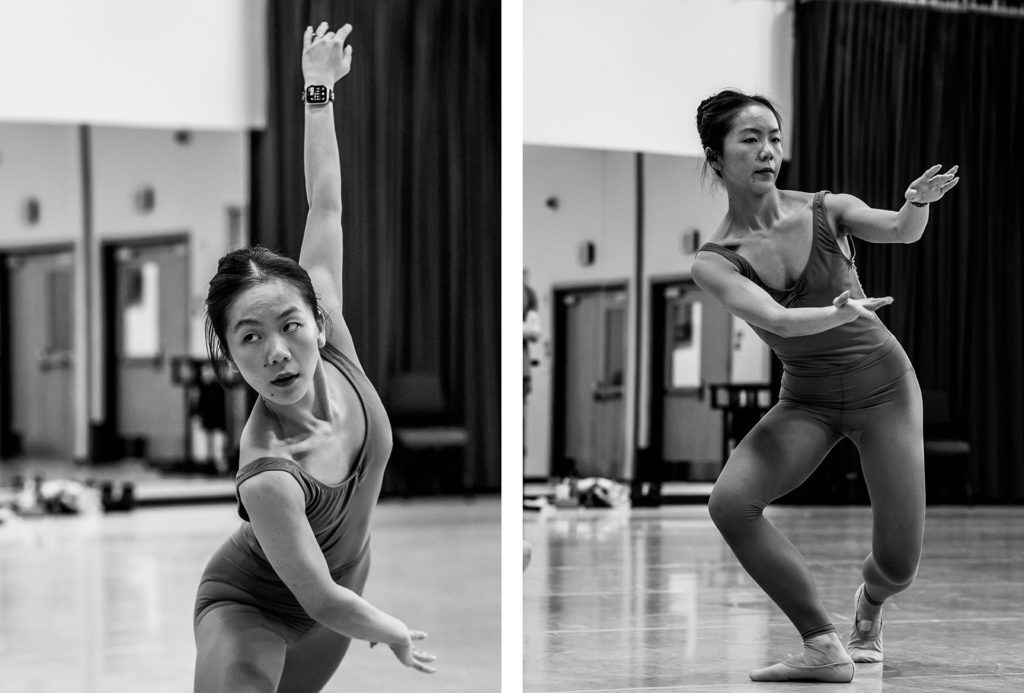
Rehearsals are an enriching experience for EB company dancers as they prepare to take Triptych to the Silva Concert Hall. BOLD is the first program where Triptych is performed on a main stage instead of a black box theater. For this reason, Caniparoli and his repetiteur Katherine Wells encourage dancers to reach all the way to the audience members at the very back of the theater with each step, gaze, and gesture. “Val does not typically use steps that identify with ballet terminology, but instead focuses on verbs and descriptive terms for a movement that is bold, full of energy, and dynamic,” says Martin.
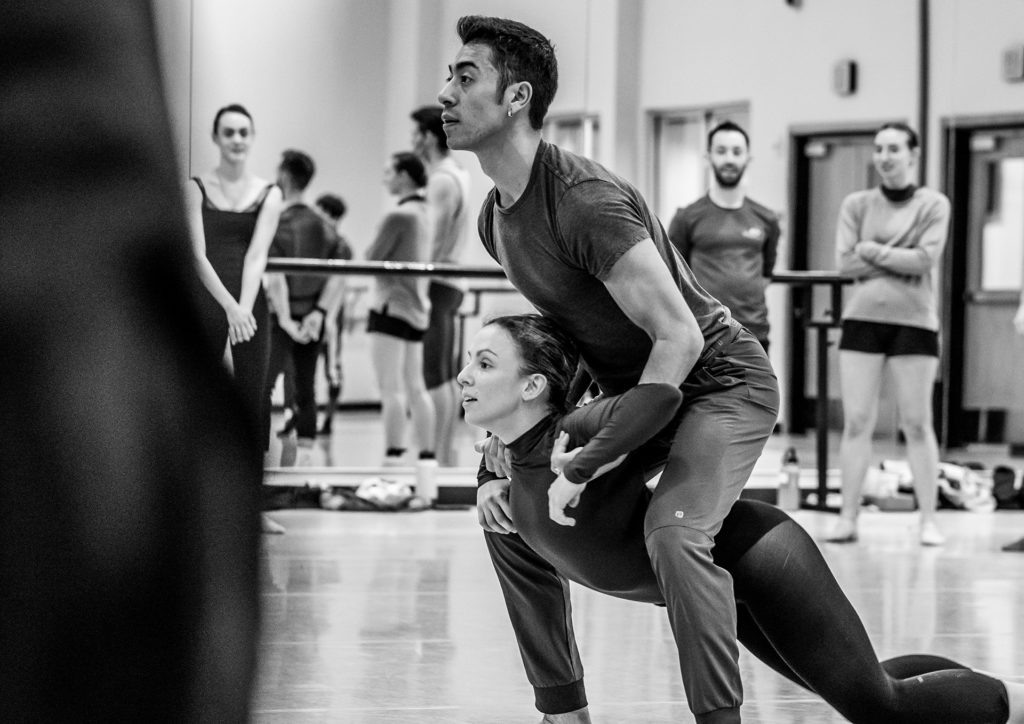
Wells, a member of Triptych’s original cast, led the first rehearsal just as Caniparoli had in 2013. She handed each cast member a triptych by Snow and had them contemplate the stories of the British servicemen and the toll that war took on them based on their portraits. Caniparoli explains that these triptychs are more relevant now than ever and the importance of embodying these soldiers’ experiences is to move the audience in a way that incites reflection.
Open to Interpretation
Next on the program is Haag’s world premiere of Penumbra, a duet for two women where the audience interprets their relationship through their own lens, filling in the dark areas with their own experiences. “I want people to see this duet however they need to. Whether it is a story about sisters, a mother and daughter, two women in a relationship, or one woman and her shadow self that the world sees—all of these are right,” says Haag. Penumbra, a pas de deux for two women on pointe, is a relatively rare occurrence in the dance world. Haag explains that it’s also quite difficult to choreograph for four pointe shoes, having workshopped the piece at Dance Lab New York for two men in pointe shoes. “The use of pointe shoes on both parties in a duet provides a definite challenge in terms of how weight can be shared and how much support each dancer can provide,” she says.
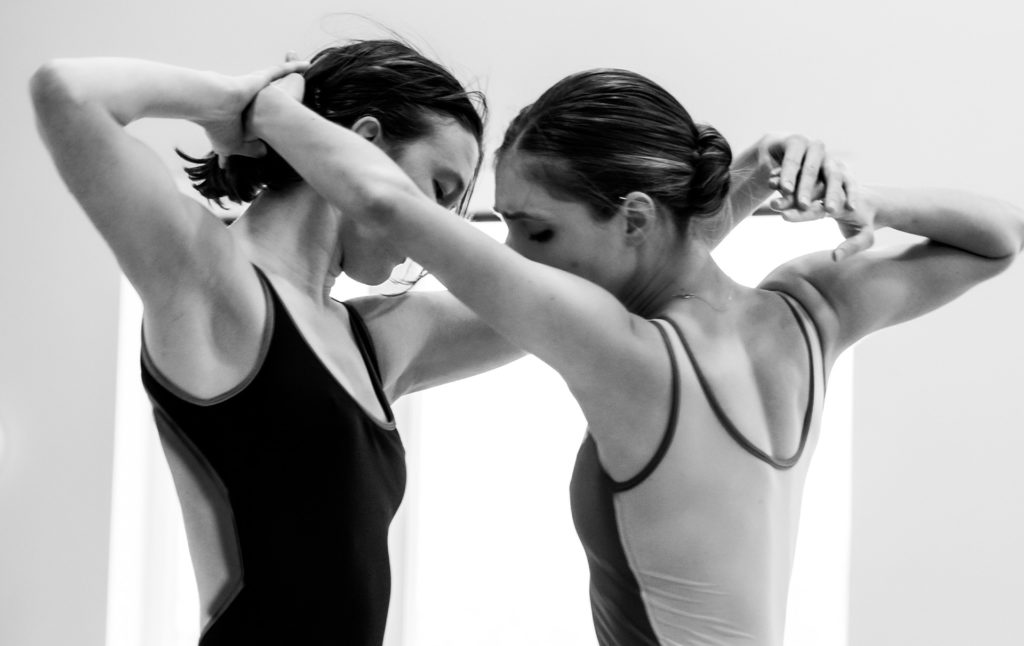
When Haag first heard the music she chose for Penumbra, a moving composition by Ludovico Einaudi, she pictured shadows dancing and wanted a title that could capture that image. “I settled on the word Penumbra from the Latin paene: almost and umbra: shadow. What is cast on a surface when a body intercepts light; something that covers, surrounds, or obstructs,” Haag notes.

The Sacred Rooms of Our Humanity
In an exciting shift of atmospheres, Eva Stone’s F O I L physicalizes sensitivity and detail to explore who we are and how we connect to each other. This work compares to exploring the rooms of a house in which each room reveals its most precious secrets. After F O I L premiered in Pacific Northwest Ballet’s production Locally Sourced, it received outstanding critical acclaim. Megan Burbank of The Seattle Times was sold on Stone’s talents after watching the section “Be Still,” a trio of female dancers clad in wide romantic tutus with bare backs, dancing facing away from the audience. “To see a dancer from behind, to see her back muscles in play, is to witness, perhaps for the first time, the strength and discipline that underpins all ballet,” says Burbanks.

Each movement of this exquisite ballet is announced by a dancer, inviting the audience into the space as a butler may have done at the grand foyer of an old-fashioned ball. “It serves as a metaphorical gateway into each room as the chandeliers change, the lighting changes, the costumes change, and the environment changes,” says Stone. As each space is revealed, audiences have the opportunity to peer into the sacred rooms of our humanity.
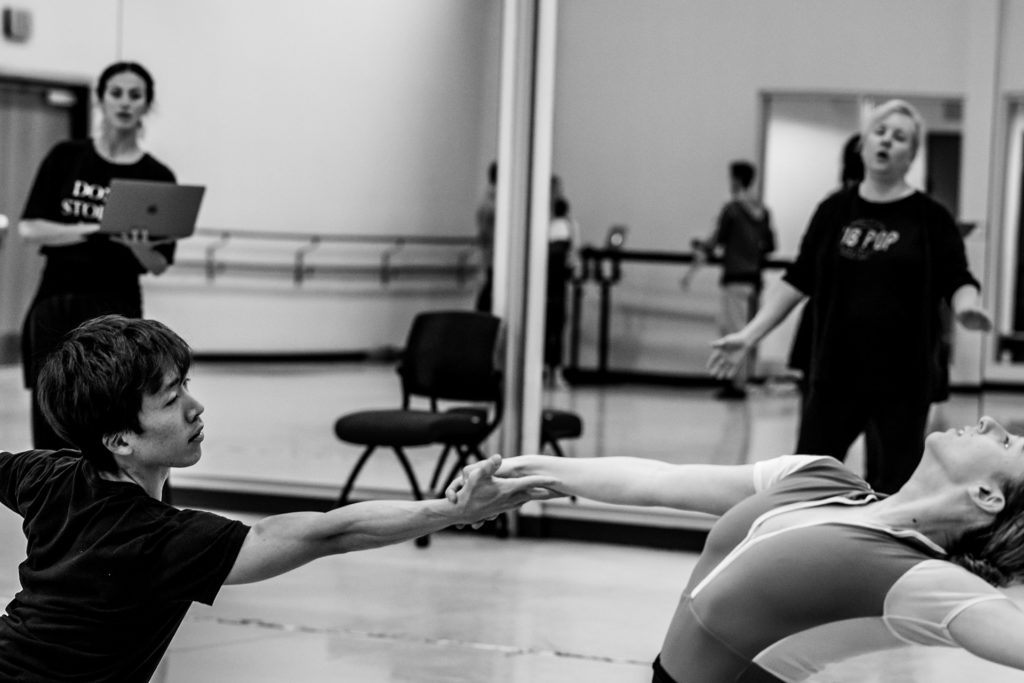
Stone’s approach to choreography evolved from learning the art form in reverse (choreography before technique) and is unique with its intent based in humor and authentic human connection and experience. She explains, “I feel that my work isn’t flashy or tricky, not a double tour in sight, no fouetté turns to be had, although I’m not opposed to those things. What’s most important to me is how the dancers connect to each other and to the audience, and that there is an intimacy between everyone that’s in the room, not just on stage.”
Feel the Joy of Dance
BOLD concludes with Nicolo Fonte’s Choros, which means dance in Greek, an action packed, kaleidoscopic work that is both explosive yet still reflective. Through ever changing choreographic rhythms and gestures, in combination with the electrifying music, the choreography has the unique quality of transforming the visual space into a felt and experienced joy of dance that ultimately is an outward celebration of the inner sacred space of the heart.

Choros rehearsals are filled with the joy that is imbedded in the very nature of Fonte’s choreography. Dancers are encouraged to connect on stage at every possible opportunity which feeds the fire of the energy in this ballet. Choreographed shortly after returning to normal life—post COVID-19 pandemic—Choros gives the dancers performing a chance to feel and connect with one another in a way that isn’t always common in contemporary repertoire. The infectious energy between everyone on stage makes Choros the perfect culmination of the audience’s BOLD experience.
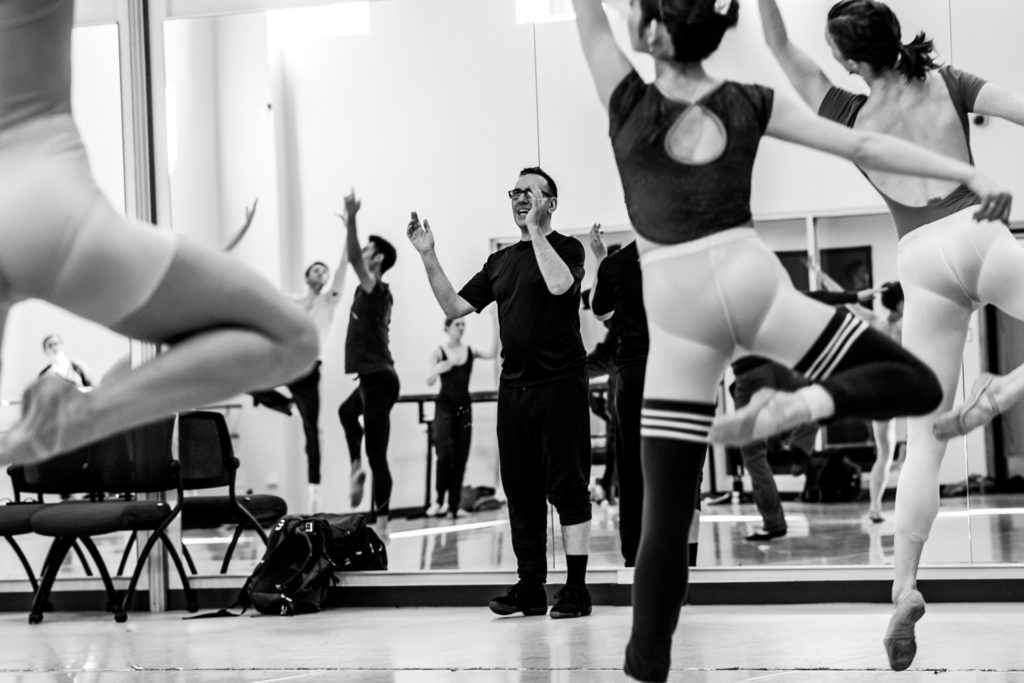
BOLD will be performed on Saturday, April 8 at 7:30 p.m. and Sunday, April 9 at 2:00 p.m. at the Hult Center for the Performing Arts. To learn more about this upcoming show or to purchase tickets visit HERE.
Written by Nina Nicotera
Photos by Antonio Anacan
